
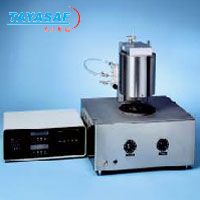
C-2500 HTS高温传导系统
| 订货号: | MM-37517-00 |
| 产地: | 美国 |
| 品牌: | |
| 开发编号: | N |
| 市场价: | ¥ |
| *此产品根据配置不同价格不同 |
| *此价格为参考价格,具体价格以订单合同为准 |
- 我在现场:
- 产品视频:

- 产品描述
- 技术参数
- 技术文档
- 相关产品
- 明细价格
- 购买流程
产品描述:
When measuring highly conducting samples, the interface resistances between the sample surfaces and the sensing surfaces can be greater than the innate thermal resistance of the sample. A special technique has been developed to determine the actual surface temperatures of the sample and may be applied not only to high temperature conductivity measurements, but also to low temperature measurements.
The Model C-2500-HTS Thermal Conductivity system is designed for measureing the thermal
conductivities of highly conducting materials from room temperatures to 1000
SPECIFICATIONS
Conductivity Range:
0.02 to 50 BTU/hr.ft. F
Temperature Range:
R.T. to 1000 C
Accuracy:
+/- 5%
Sensing Surfaces:
Nickle alloys/air cooling. Interface thermal
resistance correction curve supplied
Calibration:
ASTM C177-76
Heat Guard:
Automatic
Readout In Following Units:
Sample Heat Flux....BTU/hr.ft. (Dual Readouts)
Sample Ambient Temperature.......................... F
Sample Temperature Difference....................... F
THE HIGH TEMPERATURE, THERMAL
CONDUCTIVITY MEASUREMENT
TECHNIQUE
The contact(sensing) surfaces of the high temperature conductivity system are composed of traceable Alumel, whose thermoelectric and physical properties are known.
A disc of Chromel, whose properties are also known as a function of temperature, is placed in thermal, and electrical contact between the Alumel surfaces. At a constant heat flow, a temperature difference will be established across the Chromel disc, consequently, a thermoelectric voltage will be generated between the Alumel surfaces. This voltage is directly related to the heat flux through the Alumel surface Two such heat flux sensors encompass the sample to be measured, thus, the heat flux entering the sample can be averaged with the heat flux exiting the sample. The values so obtained obviate the necessity for guarded hot plates,
thus yielding greater accuracy
The temperature difference across the sample is sensed with two Type “K” Chromel/Alumel thermocouple discs which provide an average value over the entire sample surface.
技术参数:

泰亚赛福作为众多知名品牌的合作伙伴,优惠的价格+完善的售后服务体系向您提供产品。font>

泰亚赛福作为众多知名品牌的合作伙伴,优惠的价格+完善的售后服务体系向您提供产品。font>
技术文档:

泰亚赛福作为众多知名品牌的合作伙伴,优惠的价格+完善的售后服务体系向您提供产品。font>
- 在线浏览:
- 文档下载:

泰亚赛福作为众多知名品牌的合作伙伴,优惠的价格+完善的售后服务体系向您提供产品。font>
相关产品:

泰亚赛福作为众多知名品牌的合作伙伴,优惠的价格+完善的售后服务体系向您提供产品。font>
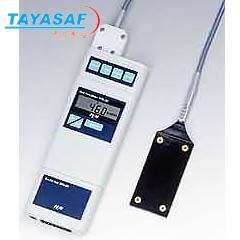 HFM201热流计订货号:MM-15443-00
HFM201热流计订货号:MM-15443-00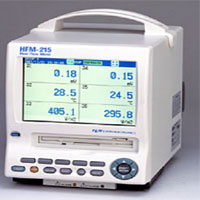 HFM-215多点热流计订货号:MM-37464-00
HFM-215多点热流计订货号:MM-37464-00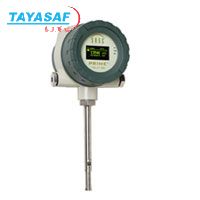 SIP-030热流计订货号:MM-37465-00
SIP-030热流计订货号:MM-37465-00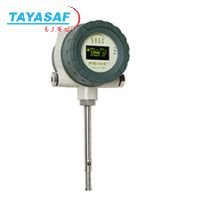 SIP-050热流计订货号:MM-37466-00
SIP-050热流计订货号:MM-37466-00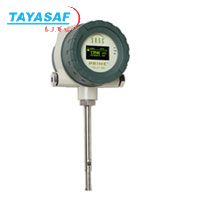 SIP-075热流计订货号:MM-37467-00
SIP-075热流计订货号:MM-37467-00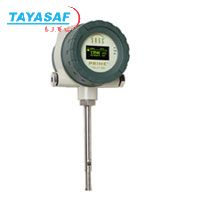 SIP-100热流计订货号:MM-37468-00
SIP-100热流计订货号:MM-37468-00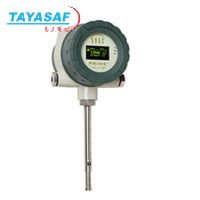 SIP-125热流计订货号:MM-37469-00
SIP-125热流计订货号:MM-37469-00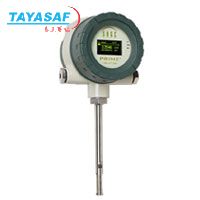 SIP-150热流计订货号:MM-37470-00
SIP-150热流计订货号:MM-37470-00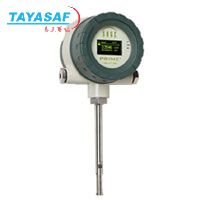 SIP-250热流量计订货号:MM-37471-00
SIP-250热流量计订货号:MM-37471-00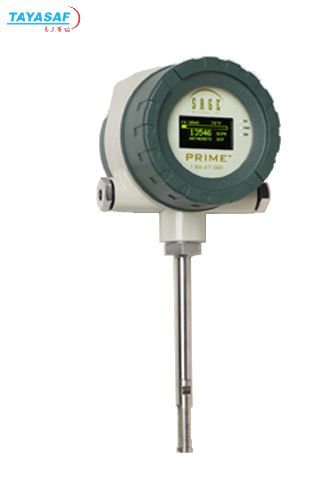 SIP-300热流量计订货号:MM-37472-00
SIP-300热流量计订货号:MM-37472-00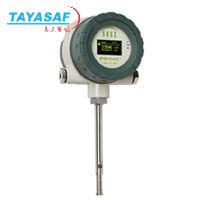 SIP-400热流量计订货号:MM-37473-00
SIP-400热流量计订货号:MM-37473-00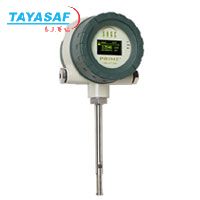 SIP-05-12热流量计订货号:MM-37474-00
SIP-05-12热流量计订货号:MM-37474-00

泰亚赛福作为众多知名品牌的合作伙伴,优惠的价格+完善的售后服务体系向您提供产品。font>
明细价格:

泰亚赛福作为众多知名品牌的合作伙伴,优惠的价格+完善的售后服务体系向您提供产品。font>
| 定货号 | 产品名称 | 规格配置 / 简介 | 市场价/(会员价) |
|---|---|---|---|
| MM-37517-00 | C-2500 HTS高温传导系统 | /() |

泰亚赛福作为众多知名品牌的合作伙伴,优惠的价格+完善的售后服务体系向您提供产品。font>
购买流程:

泰亚赛福作为众多知名品牌的合作伙伴,优惠的价格+完善的售后服务体系向您提供产品。font>
①购买产品:点击“生成订单”→填写产品数量、联系方式并提交→会员顾问订单处理→合同签订。
②咨询产品:请联系会员顾问或致电会员客服电话。
③如果您还不是我们的会员,请先注册。
④最小起订数量:1
注意:本产品唯一个人现金委托收款人,如汇入其它个人账户本公司不承担任何责任
维护担当:
上线时间:
投诉电话:13801126385 13911302309
②咨询产品:请联系会员顾问或致电会员客服电话。
③如果您还不是我们的会员,请先注册。
④最小起订数量:1
注意:本产品唯一个人现金委托收款人,如汇入其它个人账户本公司不承担任何责任
维护担当:
上线时间:
投诉电话:13801126385 13911302309
联系方式
电话北京:400-000-1836 分机 或拨0转总机
上海:021-54248686 分机 或拨0转总机
上海:021-54248686 分机 或拨0转总机
传真北京:010-84852750/84854139
上海:021-64418200
上海:021-64418200

泰亚赛福作为众多知名品牌的合作伙伴,优惠的价格+完善的售后服务体系向您提供产品。font>
品牌简介
美国International Thermal Instrument Company(ITI)国际热设备公司成立于1969年,旨在探索应用热电感应、热导率、热通量、地热能。在过去的30年里,国际热设备公司提供OE…美国International Thermal Instrument Company(ITI)国际热设备公司成立于1969年,旨在探索应用热电感应、热导率、热通量、地热能。在过去的30年里,国际热设备公司提供OEM服务和定制热电传感仪器于无数美国和外国国家实验室、美国国家航空和宇宙航行局、国家标准与技术局和许多私人和国立大学。产品广泛应用于暖气和空调、石油、化工、核能和发电等行业。
您最近浏览的商品










 美国International Thermal Instrument Company(ITI)
美国International Thermal Instrument Company(ITI)



